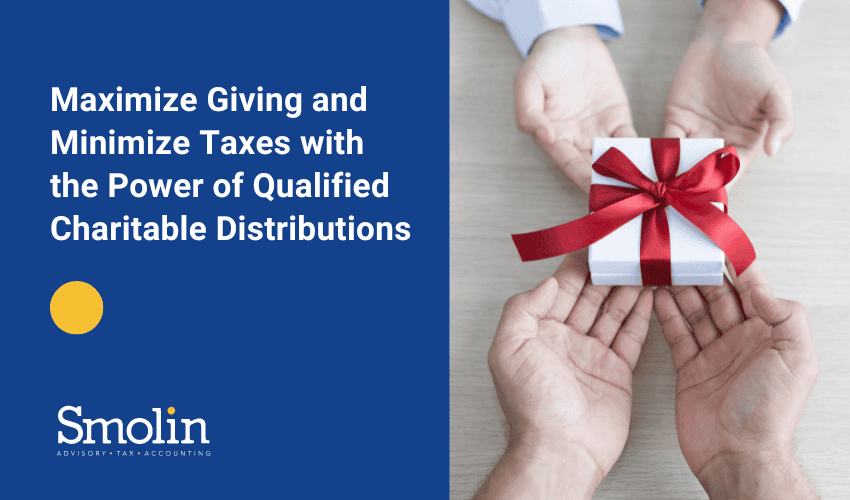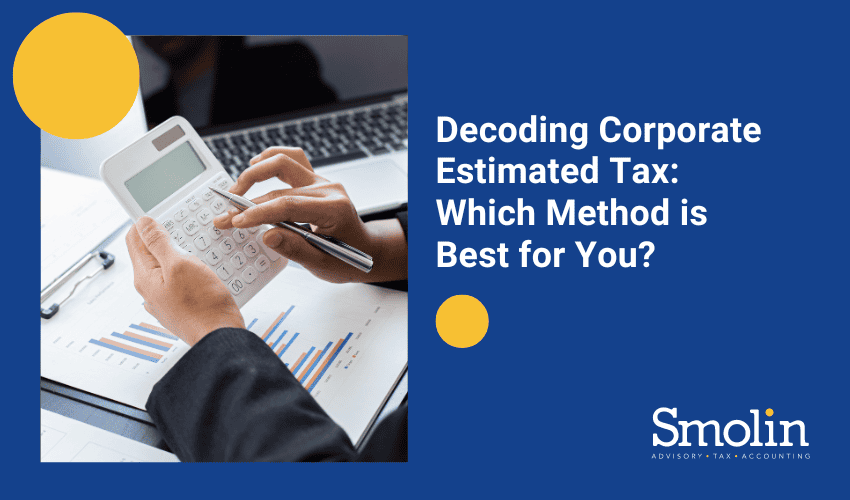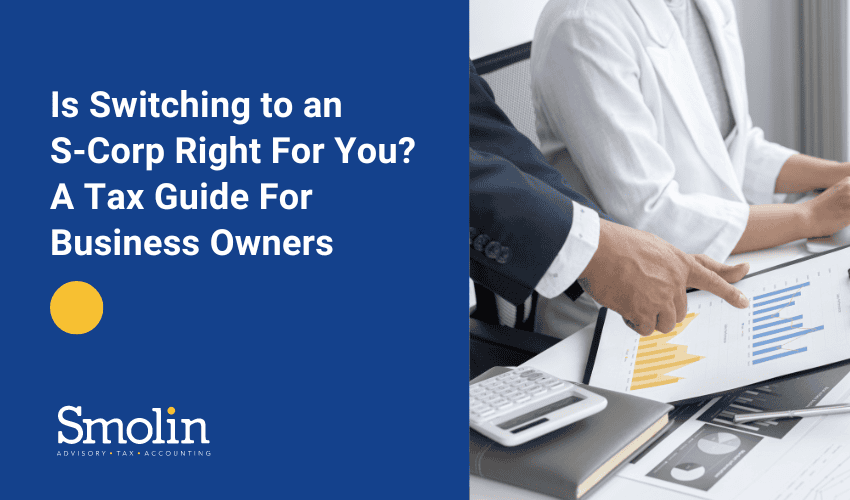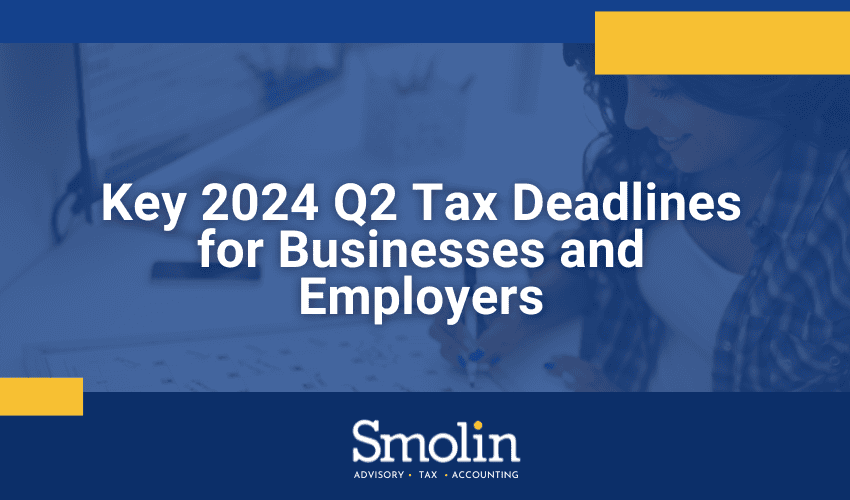Traditional estate planning often focuses on minimizing gift and estate taxes while protecting your assets from creditors or lawsuits. While these are important considerations, many people also hope to create a lasting legacy for their family.
Dovetailing with the “technical” goals of your estate plan, such “aspirational” goals might include preparing your children or grandchildren to manage wealth responsibly, promoting shared family values and encouraging charitable giving. A Family Advancement Sustainability Trust (FAST) is one way to ensure your estate plan meets your objectives while informing your advisors and family of your intentions.
FAST funding options
A well-structured estate plan can protect your assets while aligning with your family values and goals. Establishing a FAST can bridge the gap between those objectives.
A FAST typically requires minimal up-front funding, instead being primarily funded with life insurance or a properly structured irrevocable life insurance trust (ILIT) upon the grantor’s death. This lets you maximize the impact of your trust without depleting your current assets.
4 decision-making entities
FASTs are typically created in states that 1) allow perpetual, or “dynasty,” trusts to benefit future generations, and 2) have directed trust statutes, making it possible to appoint an advisor or committee, making it possible for family members and trusted advisors to participate in the governance and management of the trust.
To ensure effective management and decision-making, a FAST often includes four key roles:
- An administrative trustee oversees day-to-day operations and administrative tasks but doesn’t handle investment or distribution decisions.
- An investment committee typically consists of family members and an independent, professional investment advisor who collaboratively manage the trust’s investment portfolio.
- A distribution committee which determines how trust funds are used to support the family and helps ensure that funds are spent in a way that achieves the trust’s goals.
- A trust protector committee essentially takes over the role of the grantor after death and makes decisions on matters such as the appointment or removal of trustees or committee members and amendments to the trust document for tax planning or other purposes.
Bridging the leadership gap
In many families, the death of the older generation creates a leadership vacuum and leads to succession challenges. A FAST can be particularly beneficial for families looking to help avoid a gap in leadership and establish a leadership structure that can provide resources and support for younger generations.
Consult with a Smolin advisor to discuss if including a FAST in your estate plan is the right choice for your family.









